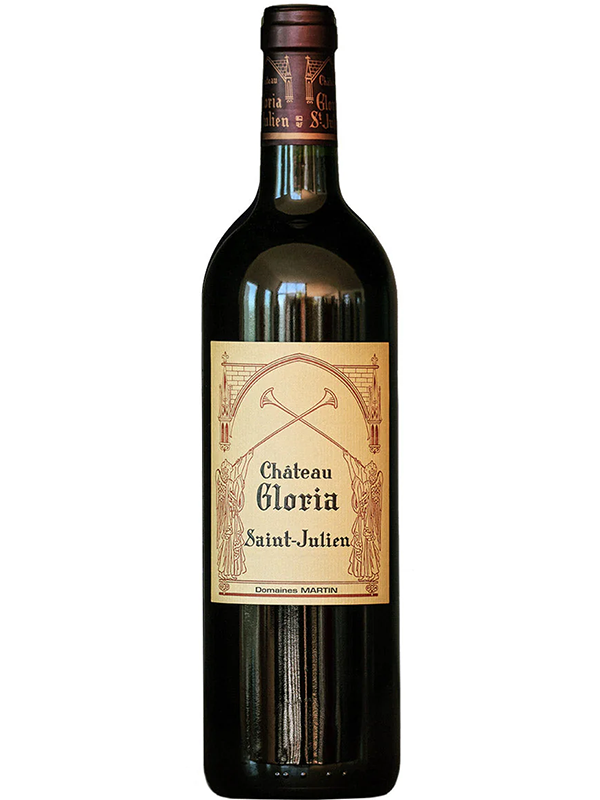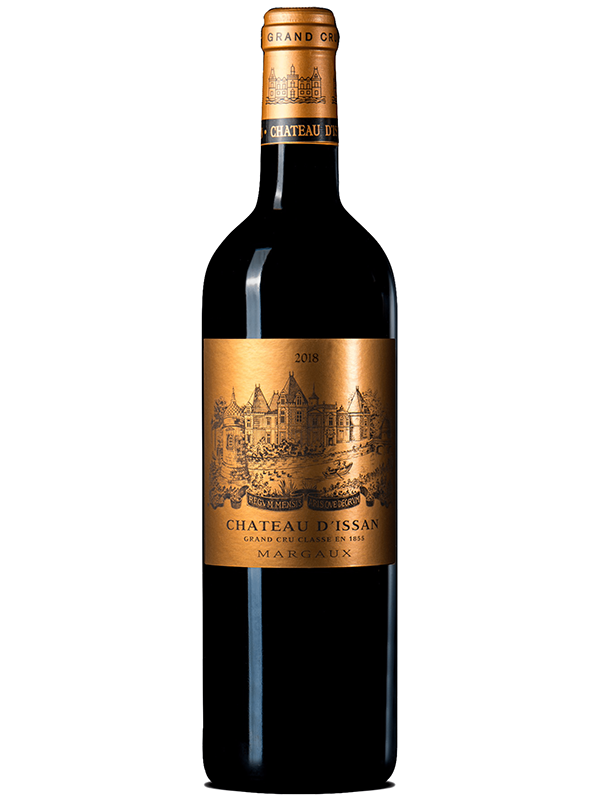Bordeaux 2023 En Primeur Vintage Report

Photo: Pichon Lalande, Pauillac
For the past 15 years, compiling a vintage report has been a relatively straightforward task. The best vintages often coincided with a growing and healthy market (2009, 2014, 2015, 2016, 2019) so all a wine merchant had to do was wax lyrical about the wines and largely let them sell themselves. When the market struggled, the vintages were often patchier (2007, 2011, 2013, 2021); the wine merchant could occasionally comment on lower prices and recommend a degree of caution and hope for reactive orders.
Vintage summary
2023 is a different story … A complicated vintage for a variety of reasons. Quality ranges from incredibly high through perfectly good to a number which are rather imbalanced in terms of ripeness of fruit and tannin. Contributing factors to this variability include the patchy and inclement weather leading to difficult viticultural decisions and how to manage those results in the winery. I rather like Neal Martin’s description of it as “The Dalmatian Vintage … because spots of astounding quality are scattered from Bordeaux’s head to toe. Outside those spots, then there are all manner of shortcomings, including some of its more famous names.”
Where it is good, though, is this heterogeneous vintage right up my street. At its best, the wines are made of moderate alcohol, wonderfully silky, polished, fine tannins, and perfumed, aromatic, complex fruit. But, as much as I love talking about the wines, this year, pricing is key; the 2019s look very appealing, so why would a customer buy 2022s and 2023s when the 2019s are ready for delivery and still keenly priced? The Château must incentivise customers with lower pricing if they want their wines to sell en primeur. Of course, there is plenty of nuance, and each wine's balance of cost vs quality needs careful consideration rather than falling into the potential trap of broad generalisations, especially in the context of this vintage where quality ranges so much from one extreme to the other.
How does 2023 compare with 2022?
From my perspective, the 2023 vintage offers a more thrilling and superior experience at the higher end of the market compared to the relatively homogenous 2022s and certainly the 2021s. On the other hand, the 2022 vintage performed well at the lower end, where fewer viticultural challenges delivered more consistent tannins and fruit ripening, resulting in a more universally appealing taste profile. This is perfect for those wines at sub-£200 a case, where you’re not necessarily looking for powerful structure and longevity.
From a viticulture and winemaking perspective, 2023 is a little like a lock that needs to be opened in the correct sequence to reach its undoubted potential. Those Château who made the right decisions and put in the hard work deserve great credit. A degree of luck plays its part, too, should they have been dealt a good hand by Mother Nature. Below, I will summarise some events and decisions that contributed to this rather unwieldy lock.
The vintage conditions in more detail
On paper, 2023 was the second hottest year on record in France. A sunny February and warm March resulted in an early bud break and generous flowering, setting up a potentially plentiful crop. However, an early start to the season does increase the potential impact of spring frosts, which thankfully proved unfounded but was clearly a cause of sleepless nights.
June brought heavy rain, which, combined with summer heat, brought about a threat of mildew. Mildew is a potentially catastrophic problem that can wipe out whole vineyards. Indeed, one of my favourite properties, Château Marsau, lost about 90% of their crop in 2023 and so will not be releasing what little wine they have en primeur. Looking at production figures overall in the wider Bordeaux region, it was one of the lowest production years in the last twenty, but the impact of mildew was most severe in Entre Deux Mers (where much of the production of affordable Bordeaux AOC is sourced) and to a lesser extent areas of satellite appellations on the right bank. Vineyards near the estuary, where coastal breezes can drive moisture away from the vines, were far more likely to have been spared.
For those vineyards escaping serious mildew, one of the most challenging decisions in the summer was whether to green harvest or not. Green harvesting is a process of reducing the number of bunches and foliage on each vine. The theory is that lower yields increase the concentration of the berries and improve quality. It was interesting to hear the opposing principles of neighbouring properties. Châteaux Canon and Beausejour didn’t green harvest at all. Both had very high yields, even in the context of their peers, yet produced wonderfully concentrated wines, which were among the finest produced in St Emilion. Conversely, Châteaux Figeac and Cheval Blanc did multiple green harvests, producing wines of great elegance rather than power. In my experience, this vintage seems to fly in the face of many hitherto established viticultural principles.
July saw fewer hours of sunshine than normal, but occasional spells of extreme heat in July and August (although less problematic than in 2022) led to the risk of vines going into shock and shutting down. The vines were, therefore, behind the curve in terms of phenolic ripeness (the ripeness of the pips and skins, which are the main contributors to the style of tannins).
September was unusually hot, so the vines could catch up on their ripening. However, rain was forecast shortly before ideal ripeness was met to prompt some Châteaux to harvest a little early to avoid the potential problems caused by rain at this point. This was the root cause of some of the wines tasted being rather abrasive, with young, raw tannins without the ripe fruit. But, fortuitously for those who waited, the rain was moderate and fears unfounded. Those who harvested later were rewarded with optimal conditions for ripe tannins and lush, primary fruit.
Regardless of tannin levels in the berries, whether harvested early or late, it was interesting to hear so many winemakers at pains to express how gentle they were with extraction this year. Pumping over to extract tannins and pigéage, a rather more aggressive technique to achieve the same goal appears to be added to the range of expletives among winemakers. Extraction was often done at lower temperatures, leading to more aromatic profiles, a characteristic I particularly enjoyed. Alcohol levels are generally low. On the left bank, c.13% seems to be the norm, with the right bank typically a notch higher, given the earlier ripening Merlot. I can count on one hand the wines where the alcohol felt noticeable, a far cry from 2010 and, indeed, 2022.
My Highlights
St-Estèphe: Château de Pez, Château Lilian Ladouys, Château Capbern, Château Montrose
Pauillac: Château Grand-Puy-Lacoste, Lacoste-Borie, Château Lafite-Rothschild
St Julien: Château St-Pierre, Château Langoa-Barton, Château du Glana, Petit Ducru
Margaux: Château Margaux, Château Palmer, Château Rauzan-Ségla, Château Brane-Cantenac Château Labégorce
Pessac-Leognan: Château Les Carmes Haut Brion Château de Fieuzal, Château La Garde, Château Malartic-Lagraviere
Pomerol: Vieux Château Certan, Château La Conseillante, Château Bourgneuf
St Emilion: Château Canon, Château Beausejour, Château Bellefont-Belcier, Château Peymouton
Dry Whites: Château Marjosse Blanc, Lune d’Argent, Château Tronquoy Blanc, Blanc de Lynch Bages
Sweet Whites: Château Doisy Daëne, Chateau Guiraud, Château Coutet
Gus McLean, April 2024






